Symbiosis with Nature
Wenzhou is a city that gathers the essence of Shanshui culture in southeast China and its urban vein of “Well Versed with Mountain and River” runs through ancient and modern times. At present, as a super high-rise complex landmark with excellent location along the Oujiang river, Wenzhou Vanke Times Center occupies the common intersection of the city’s main axis and the riverbank landscape line.
The overall planning started from the site, reshaping the river boundary, the horizontal landscape and the relationship between urban courtyard and the high-rise buildings, creating the natural situation of “living in front of the mountain and beside the river, which is temporarily forgotten in the secular world”. The floor area of this super high-rise complex is 96,068 sqm, including office, commercial, residential community, composite community and other functions.
Reshape the Riverside Skyline
As the Hudson River is to New York, the Thames to London, and the Seine to Paris, waterfront skylines often play a special key role in creating the readability of the cosmopolitan landscape involving the scale, time and complexity of the urban environment.
As a new business district in Wenzhou, the project base is an important component of the interface along the river, but currently the average aspect ratio is close to 1, with a lack of remarkable landscape climax node. To this context, the design team focused on the complete and orderly urban landscape at the first place, with the towers scattered back and forth to form local building nodes, so as to create an iconic image of super high-rise buildings and the city skyline.

Photo © He Zhenhuan
Multi-Component “City Window”
How to accommodate the demand of diversified industrial requirements in the limited land area of approximate 25,000 sqm has become the major difficulty for design team. In according to the analysis results of land value, we balanced the relationship between the advantages and disadvantages of landscape resources and the urban trunk road, and started to analyze the combination of various forms of business between different functions, in order to seek the most reasonable and efficient strategy on the limited and restricted land.
According to the value of landscape resources, the design divided the site into three areas, forming the planning form of “High in the Northeast and Low in the Southwest”, and surrounding the residential area with diversified business forms. The residential area is located on the north side of the plot. The office is on the east side, and the N-shaped building volume follows the terrain to expand the scope of vision facing the park and the river. Commercial space is arranged along the main streets to link up the public space of the city, activate the flow of people around the place and give full play to its maximum value.
From urban perspective, we figured out that the excessive tower volume had a compression effect onto the south side of the settlement houses and the west side road. Therefore, the design disassembled the high-rise volume on the west side of the plot and divided it into two relatively low volumes to avoid the pressure on the city streets and improve the urban relationship on the existing interface.
Spaces Opening and Closing
On the high-density urban cluster land, the design team attached great importance to the architectural experience, and reconstructed the sequence of opening and closing urban spaces to meet people’s demand for diverse space: Outwards, it maximizes the natural landscape and public resources, and stitches urban streets, squares, waterfront and surrounding parks. Inwards, it is able to form the trend of progressive encirclement close, and to create the sense of privacy and tranquility returning home.
The path of returning home permeates the landscape inside: the first-tier courtyard is the community portal and the public space; The second-tier courtyard is the urban living room, turning into a semi-public space. The third-tier residential courtyard is into the full private garden. From opening to closing, from moving to quiet, a progressive spatial experience is formed, which permeates into the vibrant urban street scene and riverbank scenery.
Landscape City, Color-glazed River
In Arnold Berleant’s environmental aesthetics, although nature is not often associated with cities, it is certainly present in urban environments, and it turns out that embedding slow-moving rural nature is not bringing great advantages in solving urban problems. Macro as a city, micro to a door, “nature is not the opposite of the city, the city’s regulatory function is reflected in the balance between the relationship between human and nature”, Wenzhou Vanke Times Center project has made an active exploration based on the above reasons. Source by GEEDESIGN.
- Location: Wenzhou, China
- Architect: GEEDESIGN
- Design Principal: Ye Di, Pan Yi, Xie Hu
- Design Team: Wu Dianyang,Ye Haiting, Hou Yinghao,Lin Zhenfang, Xu Ruohan
- Client: Wenzhou Vanke
- Type: Supertall Mixed-Use: Office, Commercial, Residential, Composite Community
- Gross Floor Area: 96,068 sqm
- Height: 150m (44F)
- Photographs: He Zhenhuan, Zeng Jianghe, Courtesy of GEEDESIGN

Photo © He Zhenhuan 
Photo © Zeng Jianghe 
Photo © He Zhenhuan 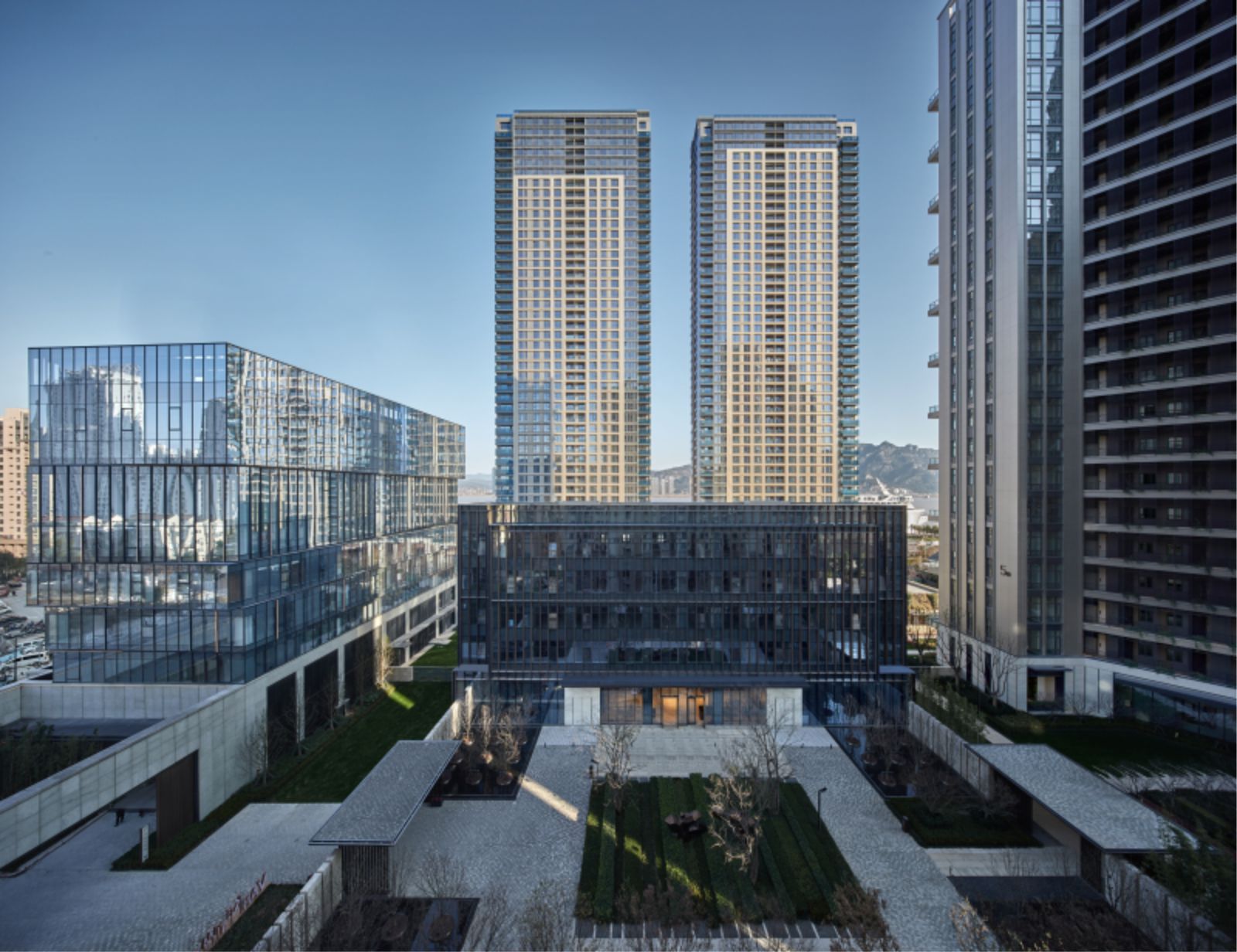
Photo © He Zhenhuan 
Photo © Zeng Jianghe 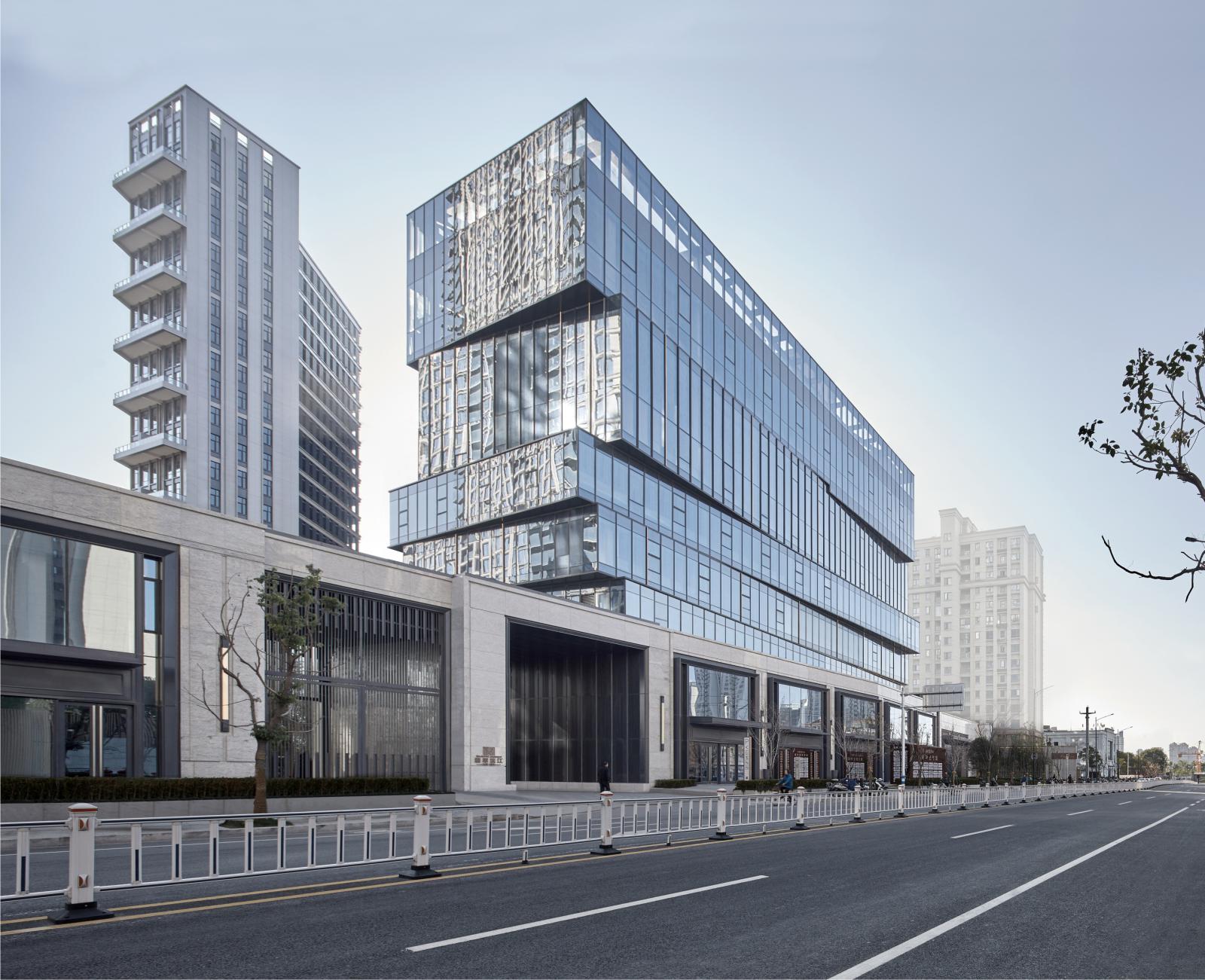
Photo © Zeng Jianghe 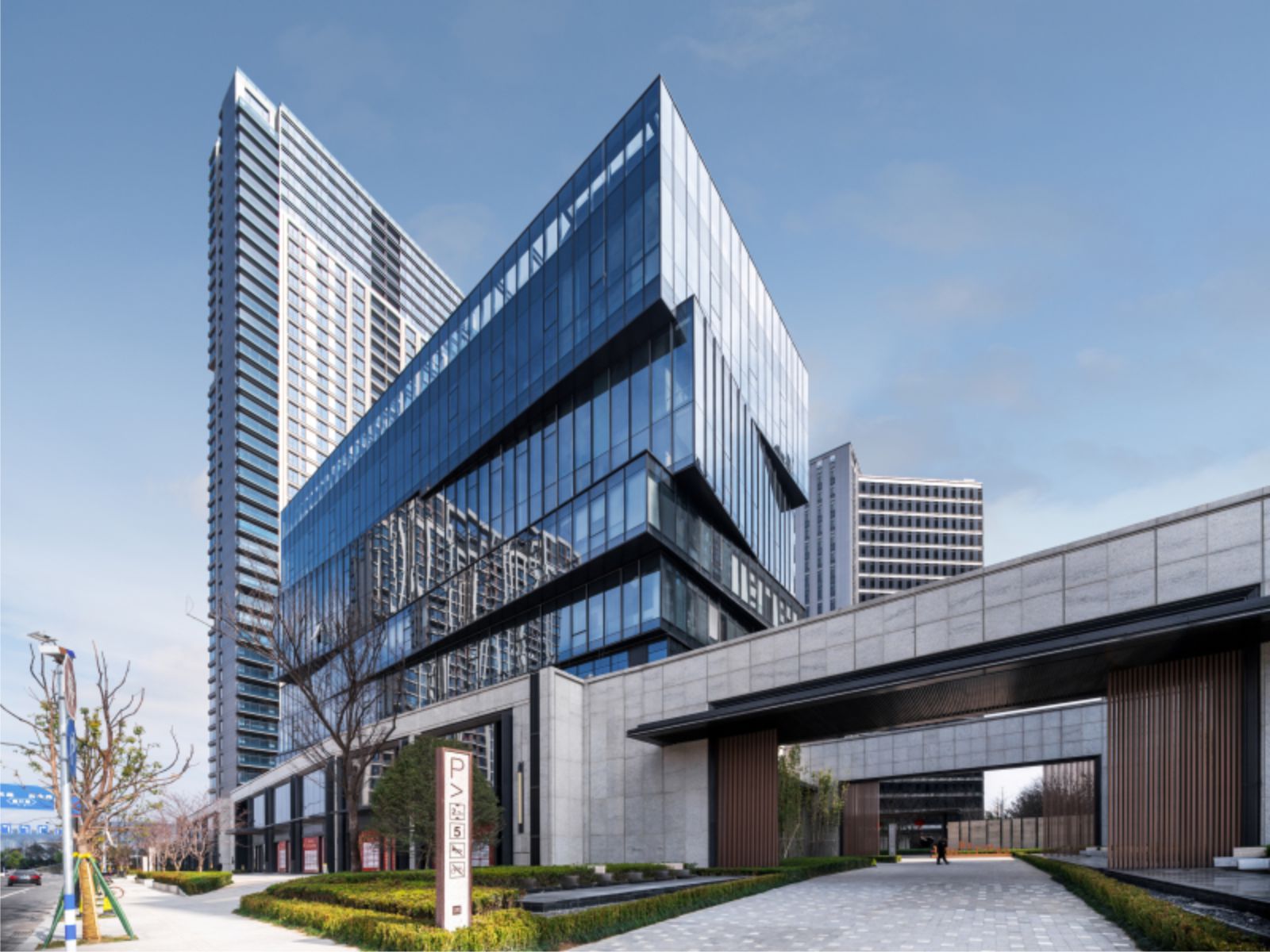
Photo © He Zhenhuan 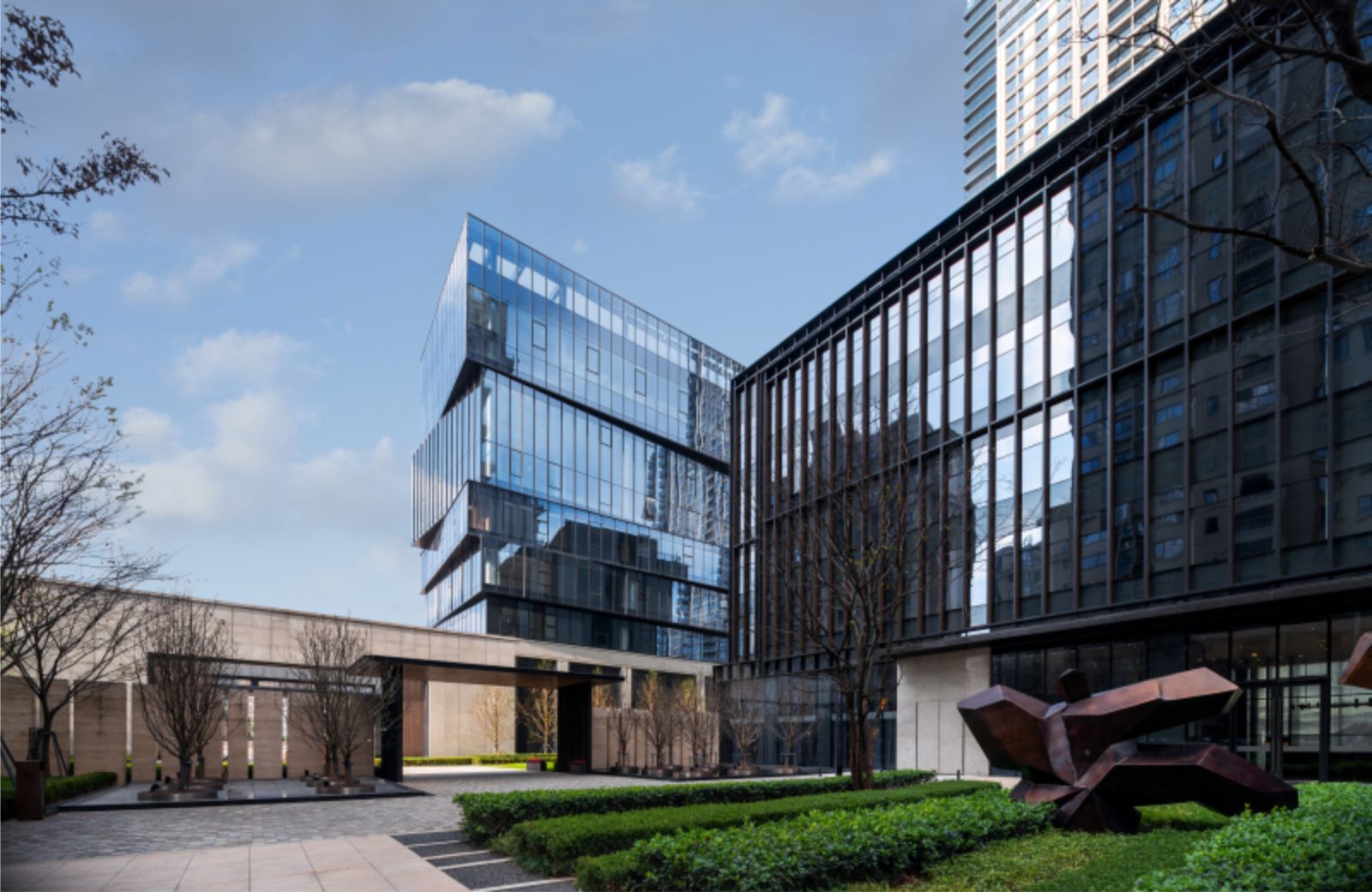
Photo © He Zhenhuan 
Photo © He Zhenhuan 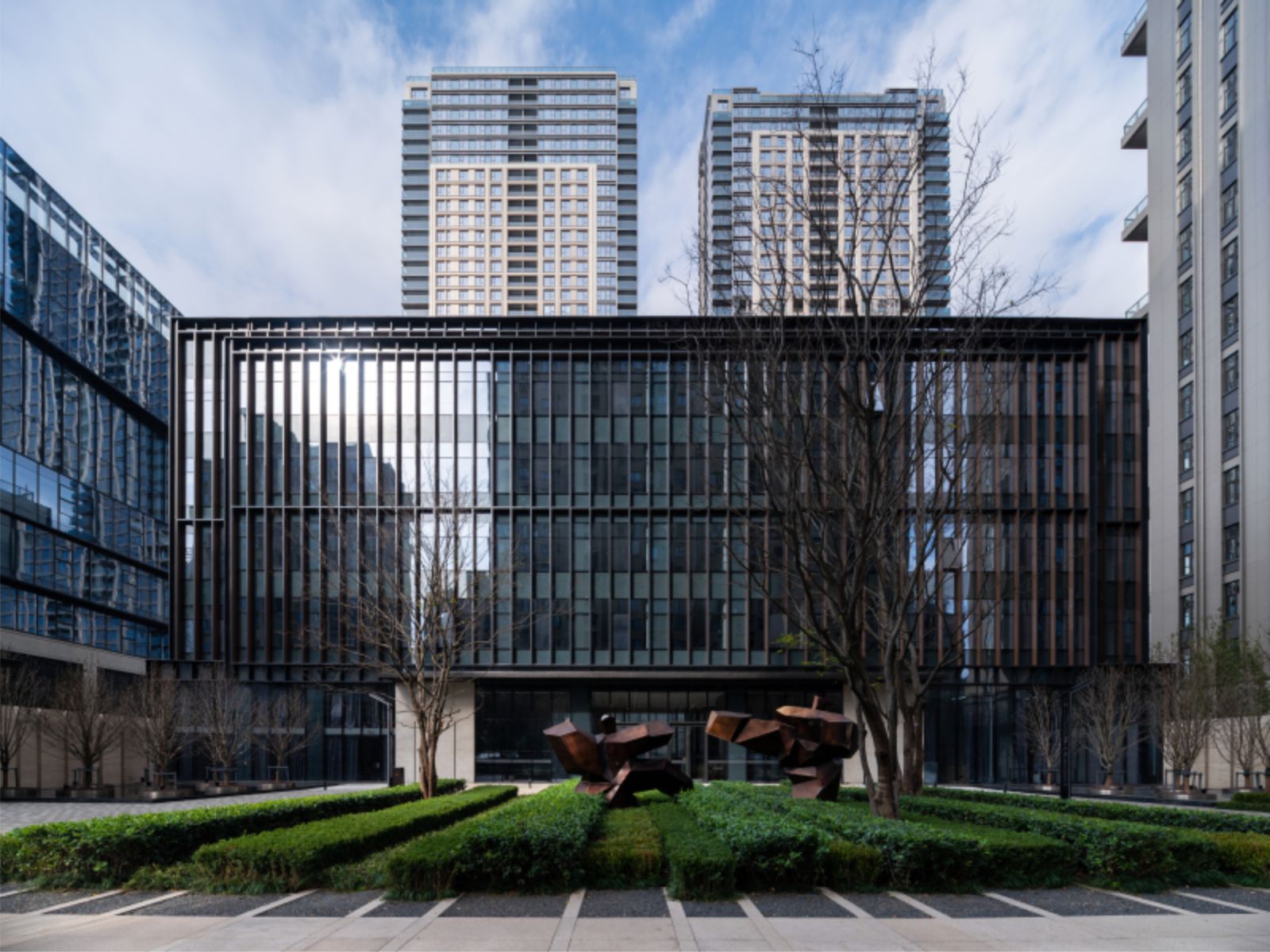
Photo © He Zhenhuan 
Photo © Zeng Jianghe 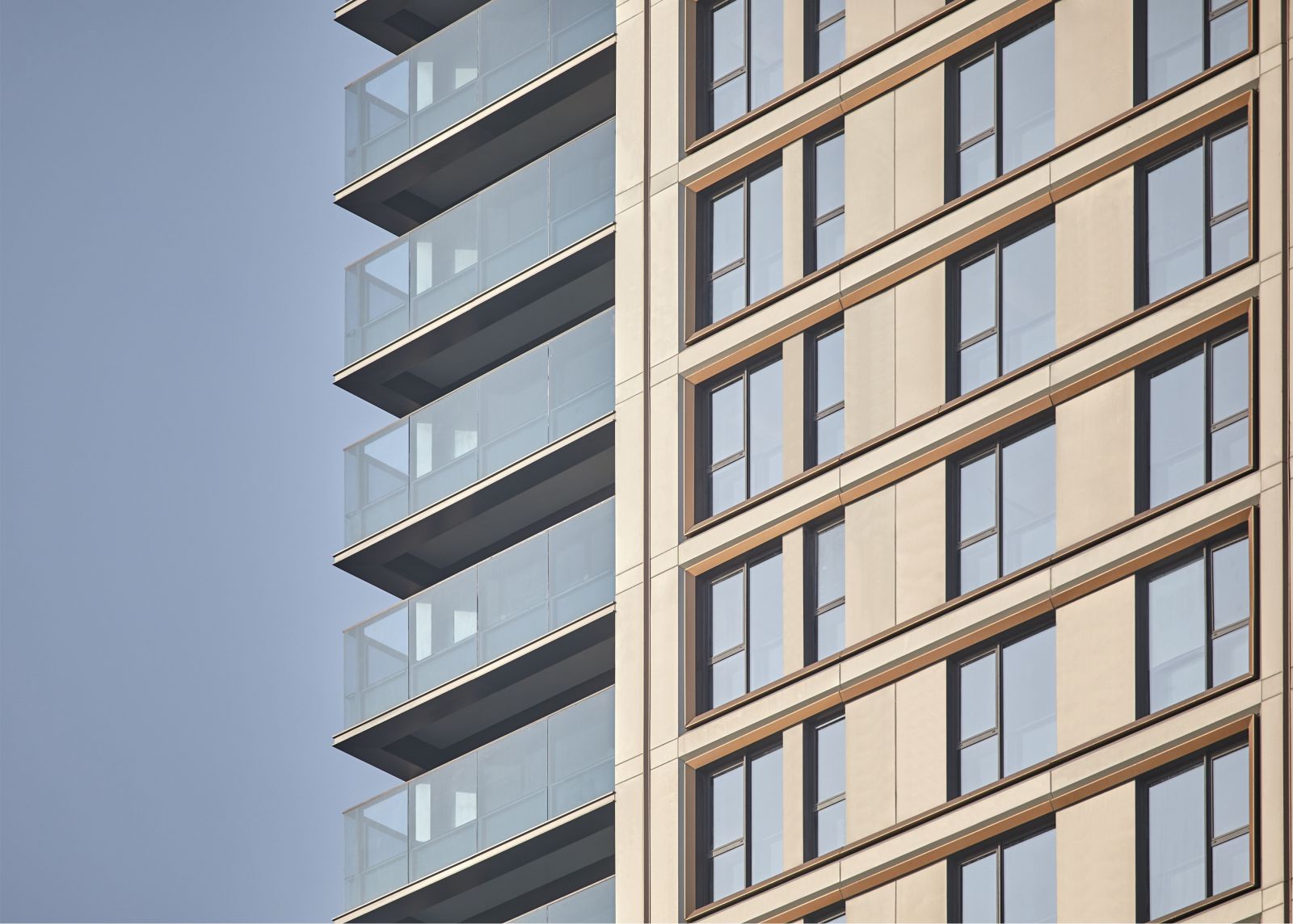
Photo © Zeng Jianghe 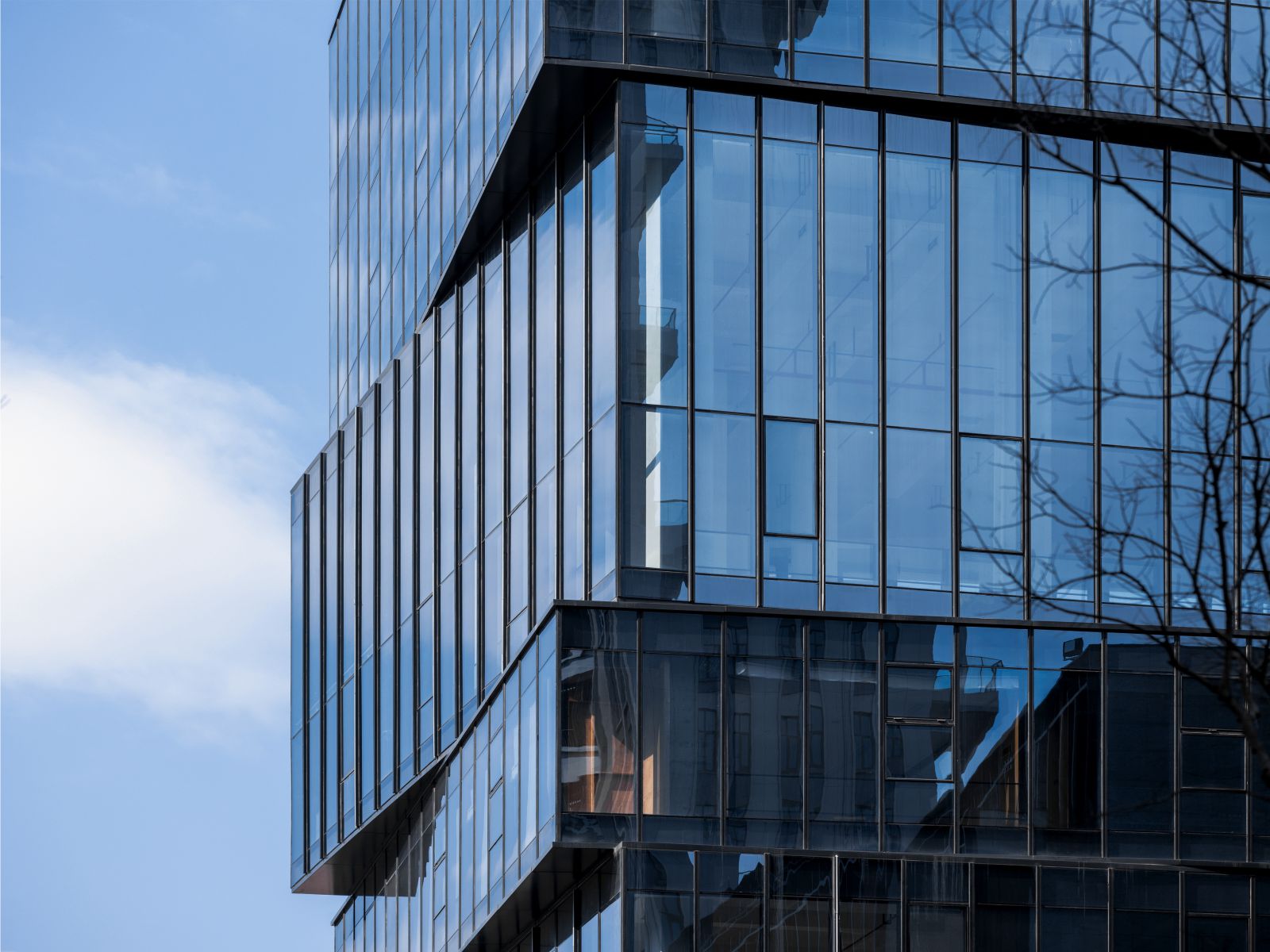
Photo © He Zhenhuan 
Photo © He Zhenhuan 
Photo © Zeng Jianghe 
Photo © He Zhenhuan 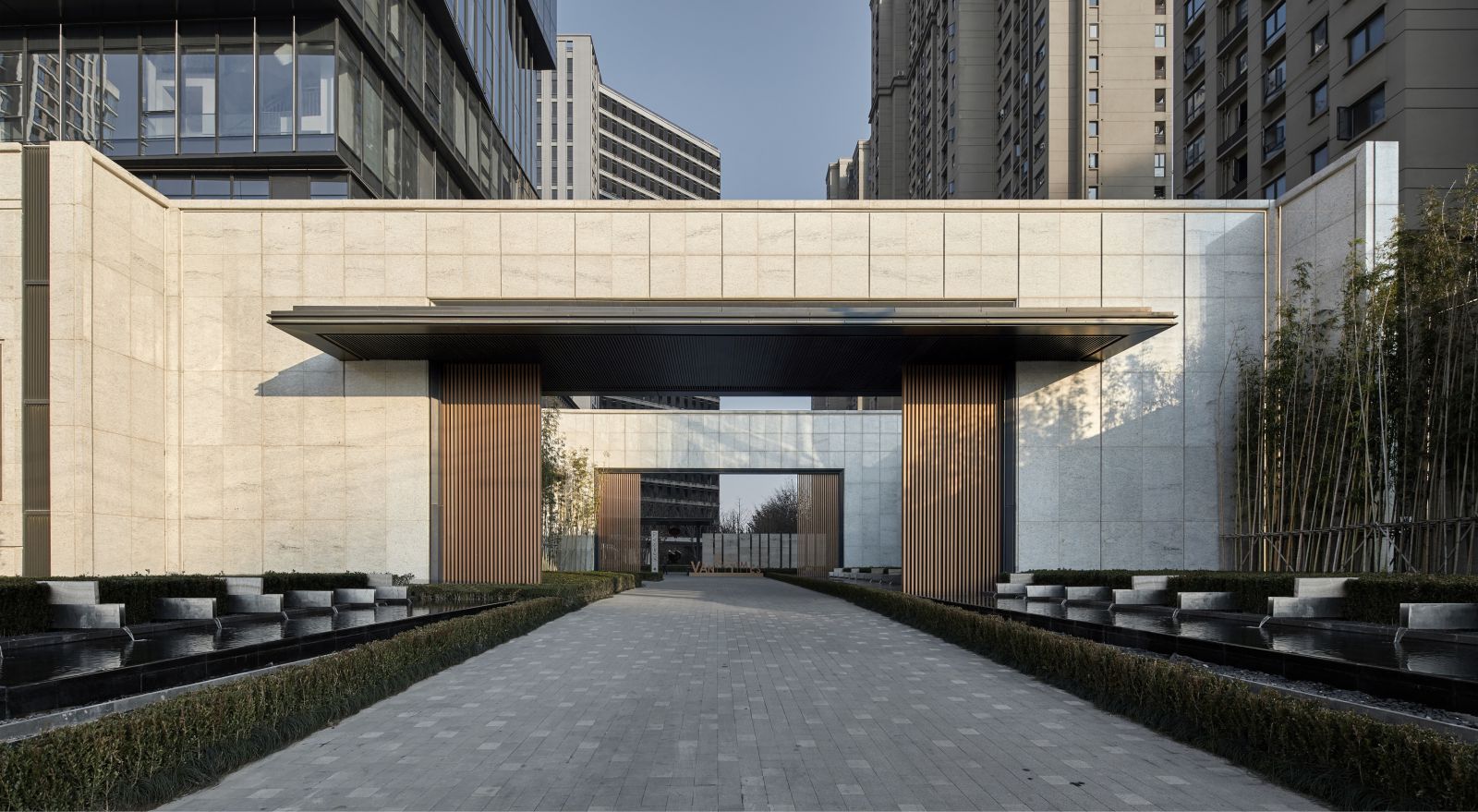
Photo © Zeng Jianghe 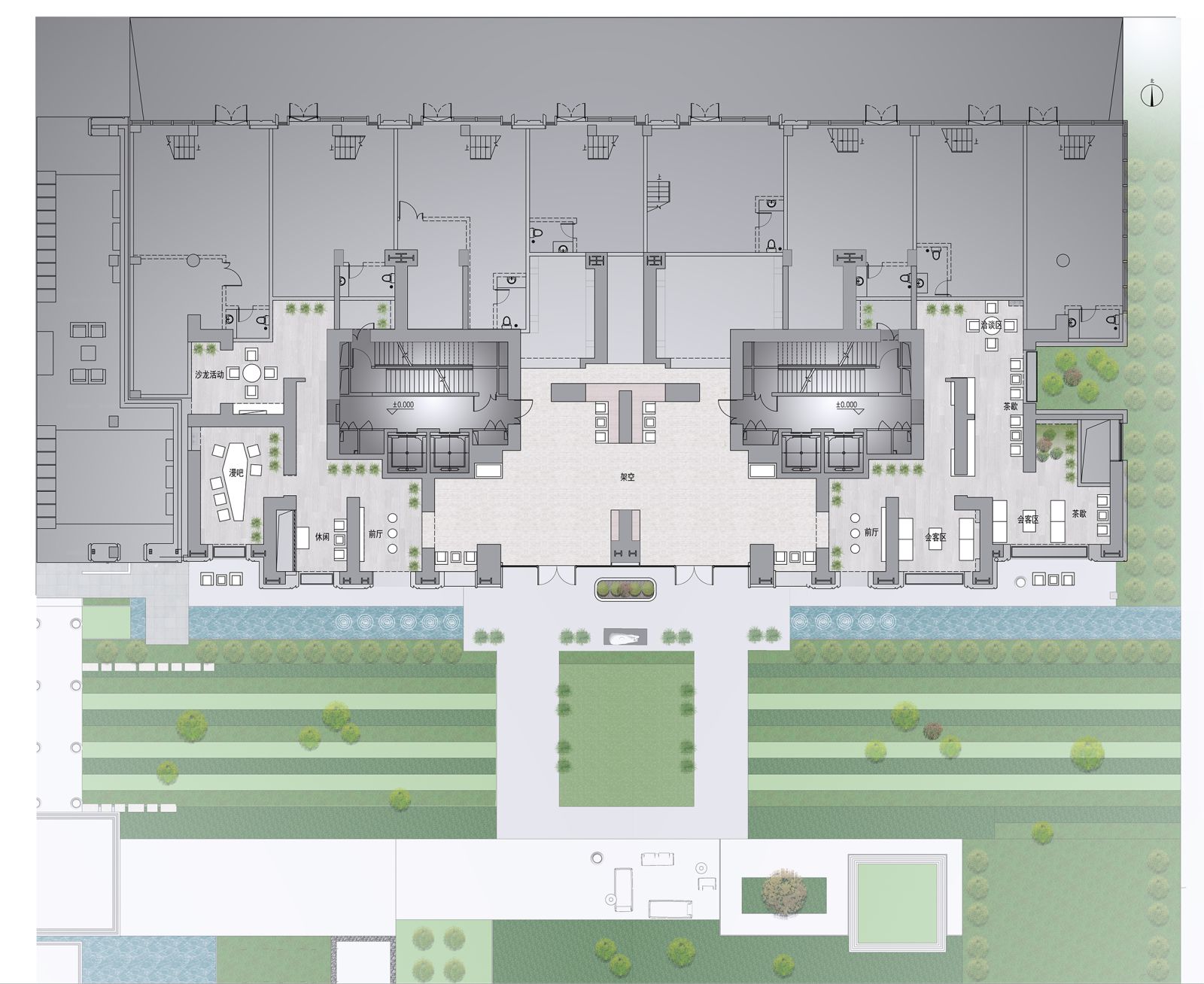
Ground Floor Plan 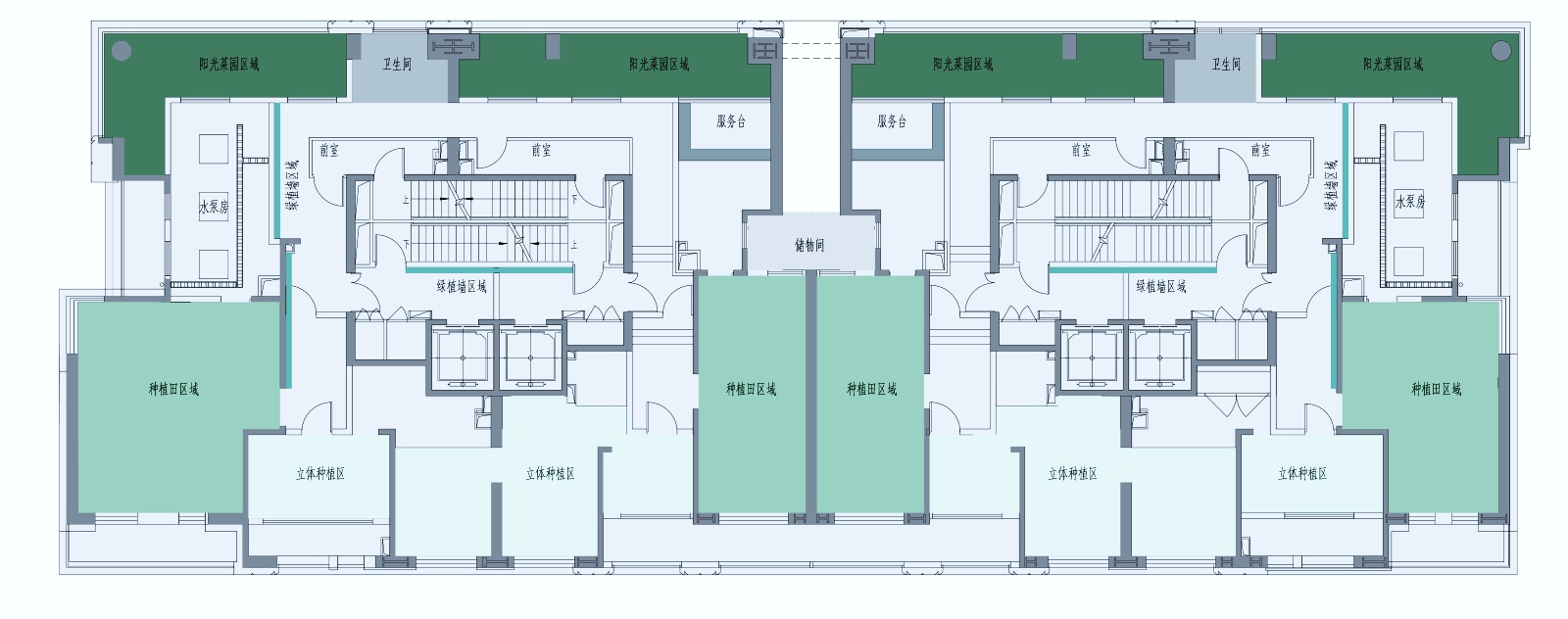
Standard Floor Plan 
Section 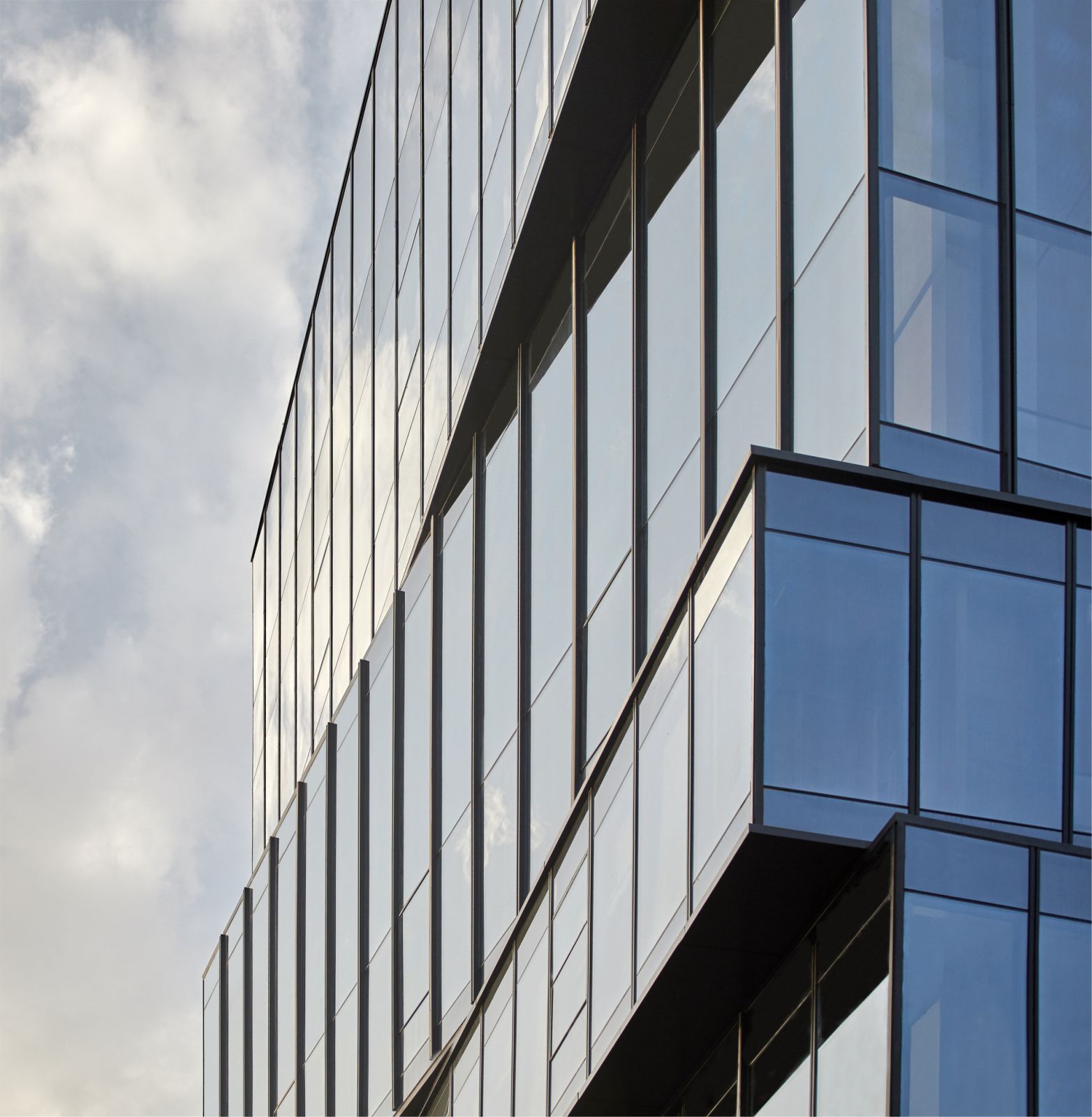
Photo © Zeng Jianghe


Fantastic write-up. I would like it if additional nowadays had very simple and to the point things comparable to yours.
Hey, I would similar to headed for say, what a cool website! Im just researching for my wordpress web site other than i had a problem evaluation this post because the text protruding in on the road to the menu. edit sorry, the harms my end, it is my outdated version of chrome causing the fault. May be worth asking peeps toward update? Keep up the imposing work.